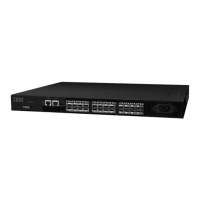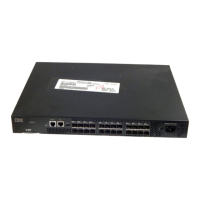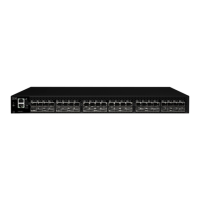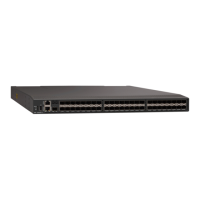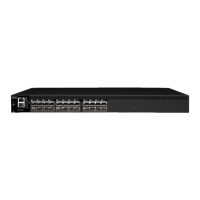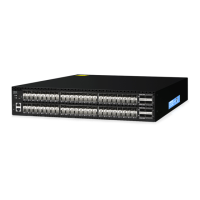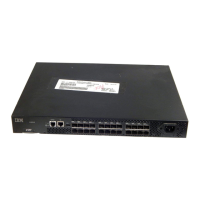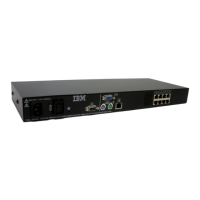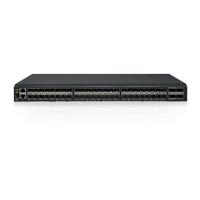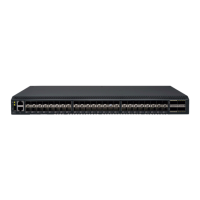
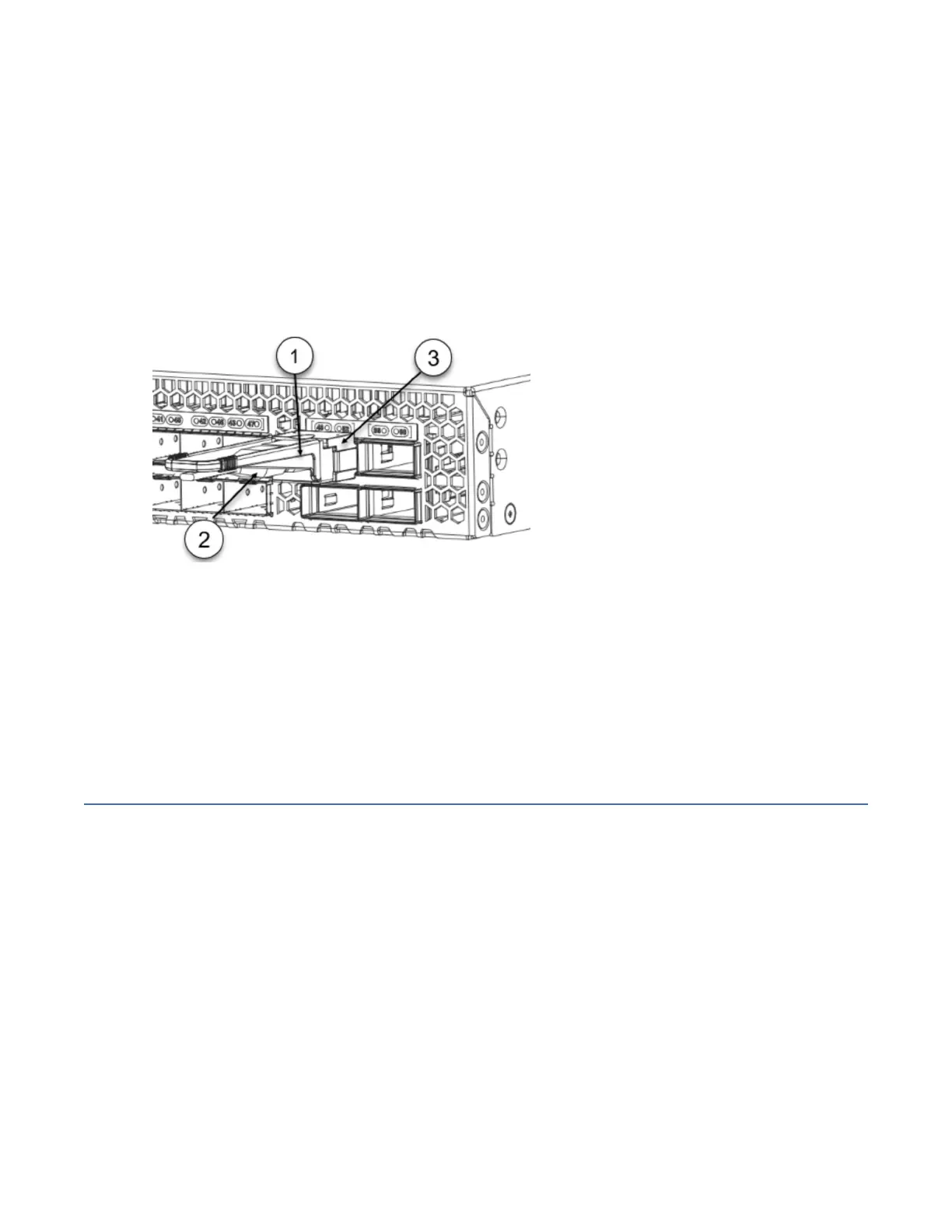
Do you have a question about the IBM SAN64B-6 and is the answer not in the manual?
| Model | SAN64B-6 |
|---|---|
| Product Type | Fibre Channel Switch |
| Ports | 64 |
| Hot-swappable | Yes |
| Redundancy | Yes |
| Power Supply | Dual, hot-swappable |
| Management | CLI |
| Fabric OS | Fabric OS |
| Port Speed | 16 Gbps, 32 Gbps |
| Data Transfer Rate | 16 Gbps, 32 Gbps |
| Form Factor | 1U |
Details the features and capabilities of the SAN64B-6 switch, including port types, speeds, and scaling.
Highlights safety warnings and precautions to be observed before and during installation.
Details the necessary electrical, thermal, and rack requirements for installing the switch.
Outlines specific safety warnings and cautions related to mounting the device.
Details the procedure for connecting and powering on the SAN64B-6 switch.
Guides users on establishing a serial connection for initial device configuration.
Explains how to set up IP addresses, either statically or via DHCP, for device management.
Provides methods and commands to verify the correct operation of the switch after setup.
Details the procedure for backing up the switch configuration to an FTP server or USB device.
Highlights important safety precautions related to handling transceivers and fiber-optic cables.
Guides on how to install SFP+ optical transceivers into the switch ports.
Details the procedure for removing and installing a new SFP+ optical transceiver.
Guides on how to install QSFP optical transceivers into the switch ports.
Details the procedure for removing and installing a new QSFP optical transceiver.
Details how to run diagnostic tests to troubleshoot hardware and firmware issues on the switch.
Critical safety precautions for handling and working with power supply and fan assemblies.
Step-by-step instructions for removing a faulty power supply and fan assembly from the chassis.
Provides instructions for removing the old chassis and installing the new one.
